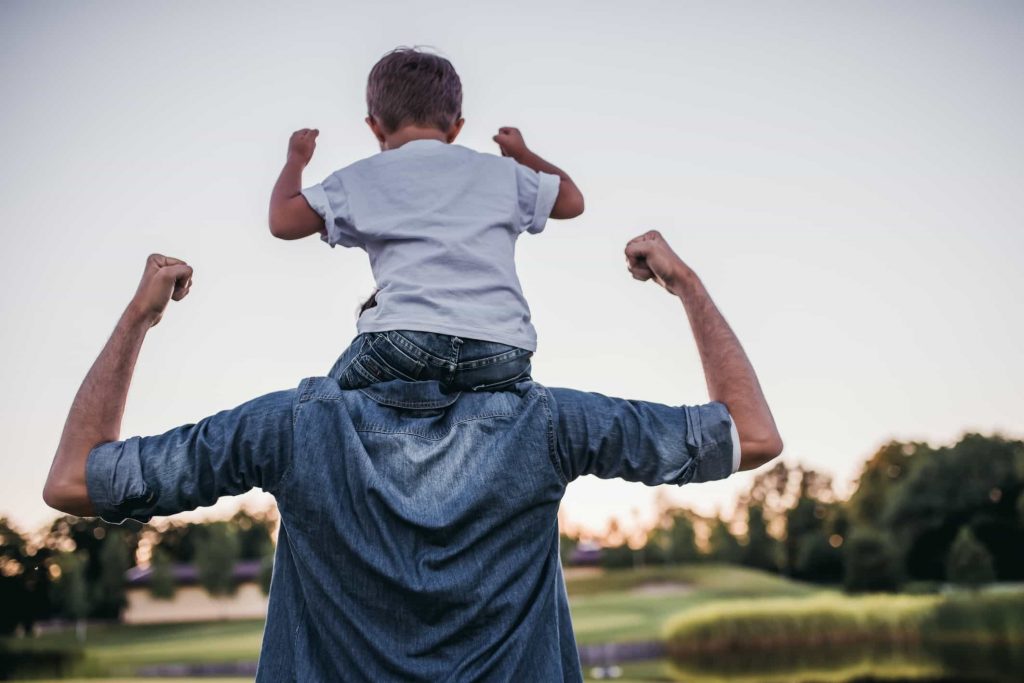You are the product of your 5 closest friends
You have probably heard this Jim Rohn quote a few times before. Echoed in the same way is the “show me your friends and I’ll show you your future” phrase. Whatever you have heard, the intent is the same.
Be mindful of the people around you. Your friends/family have a strong influence on you, and, even without knowing it, the friends of your friends have an influence on you. You should be making sure that you’re spending time with people who share your values, aspirations and goals in life. Surround yourself with those who are better, and inspire you to be better.
This is a compelling sentiment, and one that I strongly believe – but, fundamentally – and the point of this article – these people can also influence our Pain Experience.
Is This Really True?
Short answer. Yes. The impact of this social construct has been examined in many scientific articles. For example:
Obesity: If a friend of yours becomes obese, you are 45% more likely to gain weight over the next 2-4 years. Furthermore, if a friend OF YOUR friend becomes obese, your likelihood of gaining weight also increases by approximately 20% – even if you don’t know that friend! It also continues one further step out – if a friend of your friend of your friend becomes obese, you are still 10% more likely to gain weight as well.
Why does this happen? While the researchers looked for a variety of explanations, the most likely one appears to be norms. If your friend is obese or a friend of a friend is obese, that changes your perception of what is an acceptable body size and your behaviour changes accordingly.
Smoking: Did you know, that if your friend smokes, you are 61 percent more likely to be a smoker yourself. If a friend of your friend smokes, you are still 29 percent more likely to smoke. And for a friend of a friend, the likelihood is 11 percent.
Happiness: How about this one. Did you know – that simply having a friend of a friend of a friend who is happy – and you don’t even have to know this person! – you are 6% more likely to be happier yourself. This might not seem like much – but as a measure of comparison – a $10,000 raise in your annual salary produces an approximate 2% increase in happiness.
So What About Pain?
We have spoken previously about adopting a ‘bio-psycho-social’ approach to understanding pain. By this we mean that our pain experience is not simply related to the amount of tissue damage that has occurred because of an injury. It is associated to the amount of ‘threat’ that the brain believes we are under because of our injury.
So, yes – we do get influence from torn muscle fibres and inflammatory markers which give signals to our brain – but our beliefs surrounding our pain (our ‘psycho’) and our social influences also play a large role.
So for example:
If Joe and Vicki have both strained their hamstring. The amount of tissue damage they have sustained can be exactly the same, but their pain experience can be completely different.
If Joe has:
A supportive network of friends and family, who are able to ‘help out’ as he recovers. These people reinforce his belief that he will get better from his hamstring injury. They are able to educate and reinforce the steps of his recovery – and celebrate the improvements along the way (hello dopamine). His ‘threat’ level in his brain becomes a hell of a lot less. And therefore his pain experience becomes less.
Conversely, Vicki:
Has a network of friends around her who are constantly telling her that ‘she will never get better from this injury.’ Her social network then influences her beliefs surrounding her pain – and now Vicki starts to believe she will never recover. She is unable to nurture her injury – I mean, who will care for the kids and her husband? This makes her stressed (urgh, cortisol). All of her friends have experienced hamstring injuries before – none of them got back to the activities they love doing! For Vicki, all of these factors mean that her brain perceives that she is under a greater deal of ‘threat’ and therefore her pain experience will be more.
Final Points
Surround yourself with people who will make your recovery from your injury easier!
Celebrate your wins and your improvements from your pain with each of these people. We know that with many chronic pain cases that there are highs and lows. Your friends should be there to support you during your lows and encourage you to go forward.
Get rid of the ‘doom and gloom’ in your life.
These are the ones in your ear saying “oh, a hamstring injury – you’ll never recover from that.” They are the ones saying “you’re just going to have to put up with this injury” … or my favourite “that’s pretty normal in old age.”
Get rid of them!
Even having these ‘doom and gloom’ people are your friends of friends, or your friends of friends of friends can influence your pain experience!

